POPULATION
147,885
CURRENCY
ARGENTINE PESO
TIMEZONE
GMT -3:00
LANGUAGE
SPANISH
WEATHER
JULY 3ºC /
JANUARY 16ºC
AIRPORTS
San Carlos de Bariloche Airport
HISTORICAL IMPORTANCE OF BARILOCHE

CHOCOLATE CAPITAL
Bariloche is often celebrated as the chocolate capital of Argentina. Its rich tradition of chocolate making dates back to the early 20th century when Swiss and German immigrants brought their confectionery skills to the region. This legacy is evident in the town’s numerous chocolaterías, where visitors can indulge in a wide array of chocolates, from traditional bars to innovative truffles and artisanal treats. Bariloche’s cool climate and scenic landscapes provide the perfect setting for enjoying chocolate, making it a must-visit destination for sweet lovers. The annual Chocolate Festival, held in July, further cements Bariloche’s reputation as the chocolate capital, attracting tourists from all over to sample and celebrate this delicious specialty.
THE BEST TIME TO VISIT BARILOCHE
The best time to visit Bariloche is during the Argentine summer, which spans from December to February. During this period, the weather is generally pleasant with mild temperatures, making it ideal for outdoor activities such as hiking, kayaking, and exploring the picturesque landscapes around the town and in the nearby Nahuel Huapi National Park. Additionally, the summer months coincide with the peak tourist season in Bariloche, ensuring that all attractions, restaurants, and outdoor adventure providers are fully operational. If you prefer winter sports like skiing and snowboarding, the Argentine winter (June to August) is the best time to visit Bariloche when the surrounding mountains are blanketed in snow, offering excellent conditions for winter activities.
TRANSPORTATION TO BARILOCHE
Bariloche is accessible primarily by air and road. The San Carlos de Bariloche Airport (Aeropuerto Internacional Teniente Luis Candelaria) serves as the main gateway for travelers arriving by air, with direct flights from Buenos Aires and other major Argentine cities, as well as some international destinations during peak seasons. From the airport, taxis, shuttle services, and rental cars are available for the approximately 20-kilometer journey to downtown Bariloche. For those traveling by road, Bariloche is connected to other parts of Argentina via well-maintained highways, including Route 40, making it accessible by car or bus. Traveling by road offers stunning views of Patagonian landscapes, including lakes and mountains, which are part of the experience when visiting this picturesque region.
ANDES
Bariloche, located in the northern Patagonian region of Argentina, is nestled amidst the stunning Andes Mountains. These mountains, part of the Andean Range, dominate the landscape around Bariloche, offering breathtaking vistas of snow-capped peaks, glacial lakes, and dense forests. The Andes in this region are renowned for their natural beauty and provide ample opportunities for outdoor activities year-round. In winter, the Andes around Bariloche become a playground for skiing and snowboarding enthusiasts, with popular ski resorts such as Cerro Catedral attracting visitors from around the world. During the summer months, the Andes offer opportunities for hiking, mountaineering, fishing, and exploring the pristine wilderness of Nahuel Huapi National Park, which surrounds Bariloche. The Andean scenery is integral to the charm and appeal of Bariloche, making it a destination for nature lovers and adventurers seeking to immerse themselves in Argentina's rugged and majestic landscapes.
THINGS TO DO AND PLACES TO VISIT
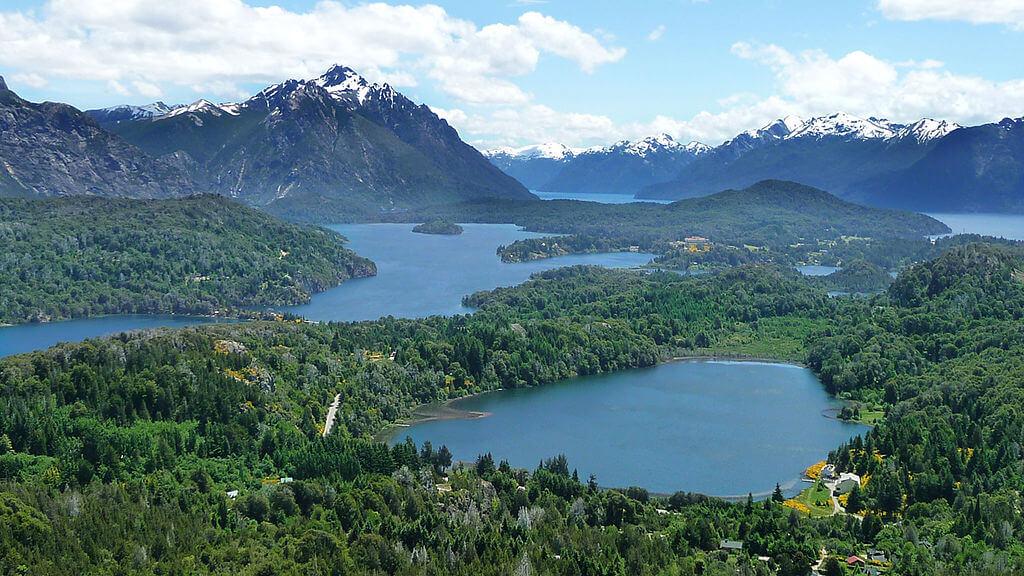
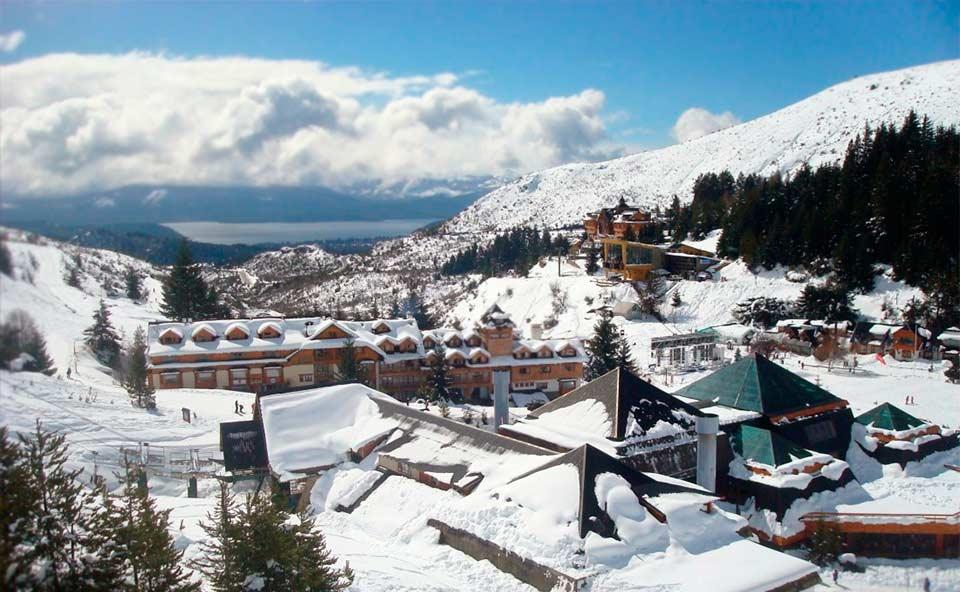
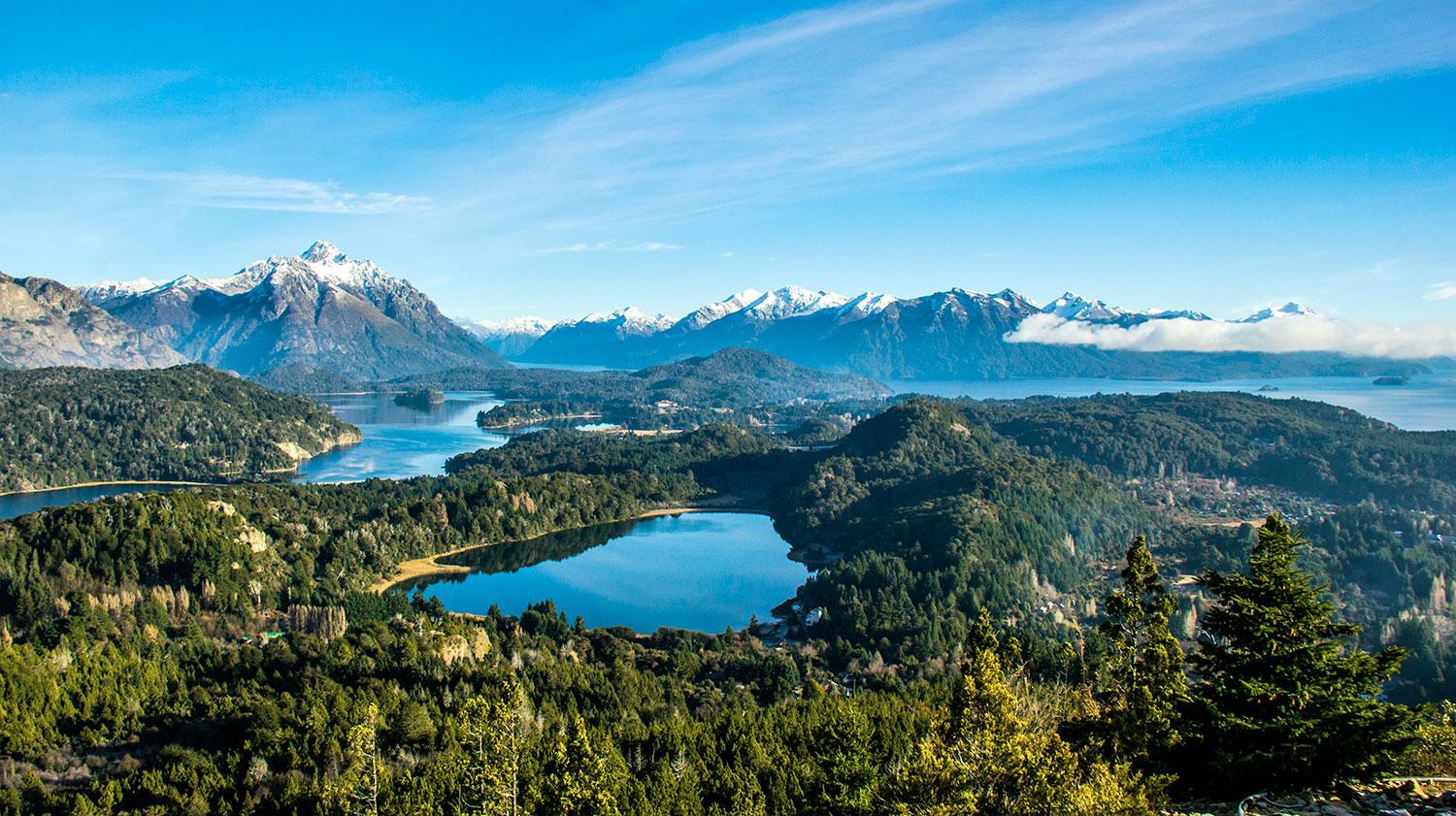
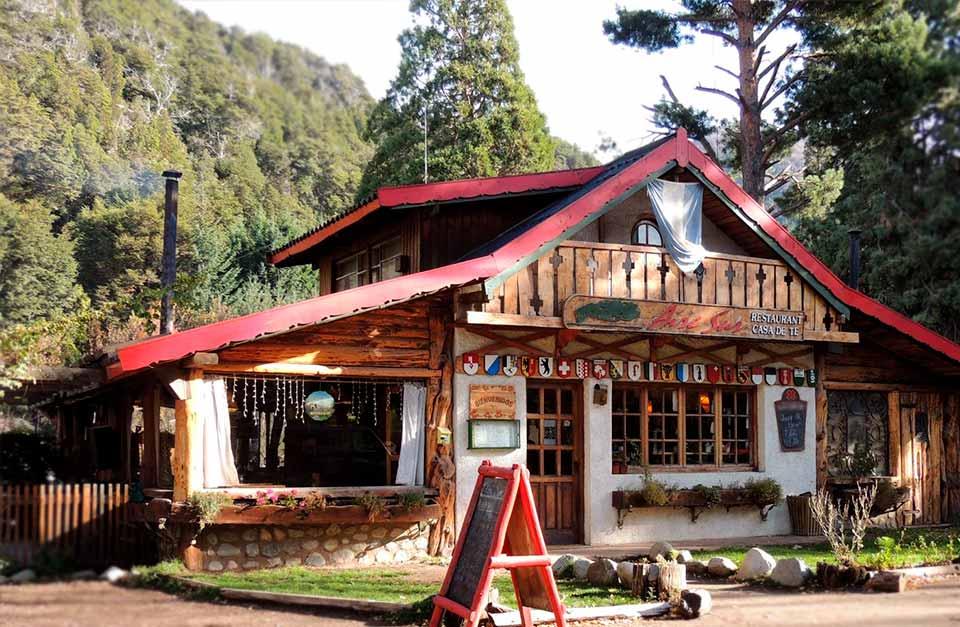
WHAT TO EAT IN BARILOCHE

TROUT
Trout is a prized fish in Bariloche and throughout the Patagonian region of Argentina, known for its delicate flavor and firm texture. Commonly found in the crystal-clear lakes and rivers of the Andes Mountains, trout is a popular ingredient in local cuisine. It can be prepared in various ways, including grilled, baked, or smoked, and is often served with simple seasonings like herbs and lemon to highlight its natural taste. Trout fishing is also a popular activity for visitors to Bariloche, offering both recreational enjoyment and opportunities to sample this fresh and sustainable local delicacy in restaurants and lodges throughout the region.

TORTAS NEGRAS
Tortas negras, which translates to "black cakes," are traditional Argentine fruitcakes enjoyed especially during the Christmas season and other festive occasions. They are dark in color due to the inclusion of ingredients like dried fruits such as raisins, figs, and prunes, which are soaked in rum or other spirits for added flavor. Nuts such as walnuts or almonds are often added to provide texture, and the cakes are typically spiced with cinnamon, nutmeg, and cloves. The batter is moistened with molasses or honey, giving tortas negras a rich, sweet taste. These cakes have a dense, yet tender crumb and are typically enjoyed sliced thinly as a dessert or snack, sometimes with a cup of coffee or tea. In Bariloche and other parts of Argentina, tortas negras are a beloved part of holiday celebrations and reflect the country's culinary traditions influenced by European immigrants.

VENISON
Venison refers to the meat of deer, which is highly valued for its lean texture and rich, gamey flavor. In Bariloche and the broader Patagonian region of Argentina, venison (known as "ciervo" in Spanish) is a prized meat that reflects the area's abundant wildlife and hunting traditions. Venison is typically low in fat and cholesterol, making it a healthy protein choice. It's often prepared by grilling, roasting, or braising, and served with hearty sauces or paired with local ingredients like wild mushrooms or berries. Venison dishes in Bariloche showcase the region's natural resources and culinary creativity, offering visitors a taste of Patagonian wilderness on their plates.
CHOCOLATE
Chocolate holds a special place in Bariloche's culinary identity, earning it the title of Argentina's chocolate capital. The town boasts numerous chocolaterías where visitors can indulge in a wide variety of artisanal chocolates. Bariloche's chocolate-making tradition dates back to the early 20th century when Swiss and German immigrants brought their confectionery skills to the region. These chocolates are crafted using high-quality cocoa sourced from across Argentina, combined with local ingredients like nuts, berries, and dulce de leche to create unique flavors. Popular chocolate treats include bars, truffles, bonbons, and chocolate-covered fruits and nuts. The town even hosts an annual Chocolate Festival where visitors can sample and celebrate this beloved delicacy. Whether enjoyed as a gift, a souvenir, or simply a sweet treat, Bariloche's chocolates offer a delicious glimpse into the region's culinary heritage and artisanal craftsmanship.
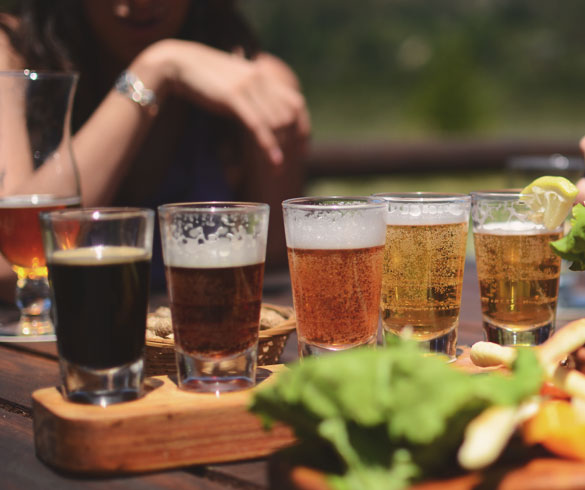
CRAFT BEER
Craft beer has been gaining popularity in Bariloche and throughout Argentina in recent years, reflecting a global trend towards artisanal brewing. In Bariloche, several local breweries have emerged, each offering a diverse range of craft beers that cater to various tastes and preferences. These breweries often emphasize quality ingredients and traditional brewing techniques, resulting in beers that showcase unique flavors and styles. Popular types of craft beer in Bariloche include pale ales, IPAs (India Pale Ales), stouts, and seasonal brews infused with local ingredients such as berries or Patagonian hops. Many breweries in Bariloche also offer tastings, tours, and opportunities to learn about the brewing process, providing a vibrant and engaging experience for beer enthusiasts visiting the region. Craft beer has become an integral part of Bariloche's culinary landscape, complementing its natural beauty and offering a refreshing way to enjoy the local flavors.
HOW MANY DAYS SHOULD YOU SPEND IN BARILOCHE?
Spending 4 to 5 days in Bariloche is ideal to fully appreciate its diverse offerings. This timeframe allows you to explore the stunning landscapes of Nahuel Huapi National Park, enjoy outdoor activities like hiking, skiing, or mountain biking, and take scenic drives along the Seven Lakes Route. You can also savor the region's renowned chocolate and craft beer, visit local markets, and experience the charming Swiss-Alpine architecture. With a few days, you'll have enough time to soak in the natural beauty and vibrant culture without feeling rushed.
